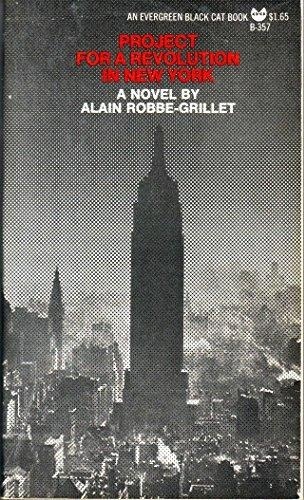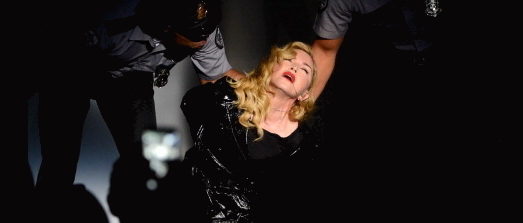What do you think?
Rate this book


183 pages, Paperback
First published January 1, 1970
…cluttering up the tables and chairs, lying on the floor, which has always suggested to me that Laura was reading all these books at once and that in this way she mixed up from room to room, according to her own movements, the itineraries of the detectives carefully calculated by the author, thereby endlessly altering the arrangement of each volume, leaping more-over a hundred times a day from one work to the next, not minding her frequent returns to the same passage nonetheless stripped of any apparent interest, whereas she utterly abandons on the contrary the essential chapter which contains the climax of an investigation, and consequently gives its whole meaning to the rest of the plot; and all the more since many of these mass-produced bindings having failed to withstand the occasionally brutal negligence of this way of reading, they have lost, over the months, a corner of a page, here and there a whole page, or even two or three signatures all at once.
…I have now noticed, in skimming the novel, that of the three elements of the secret in the heroine’s keeping, one was known by the reader, the second by the narrator himself, and the third by the book’s author alone.
Crime is a part and parcel of a revolution – with the help of those three metaphoric acts: rape, murder and arson, Negroes, impoverished proletariat and working intellectuals will be liberated from the chains of slavery and bourgeoisie will be delivered from their sexual complexes.
